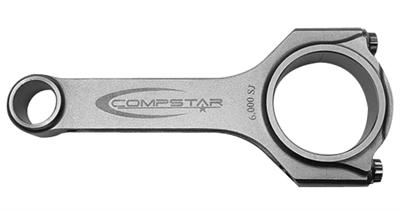fatheadjames
New member
If you had both at your disposal and both being in the same condition which would you choose to build with a turbo and why?
It’s just going to be a cruiser. It’s going in a 50 f1. I just wanted to do something different since the 302 that’s in it has a knock and needs to come out. I have what I thought was a 300 but upon further investigation I believe is actually a 1971 240 going off the tag and block numbers. A buddy has a 90s f150 with 300 he said I can have but knows nothing about it.The 300 will give you a much wider power band with more low end torque.
The 240 can make the same peak power but at a much higher rpm.
It depends on what you want this engine to do.
It’s a 50 f1 that currently has 302/c4 with an 8.8 with 3.55 gears. No specific power goals in mind. Just want to have fun and surprise people with something different. After seeing multiple people mentioning the 240 will rev higher that might be the better option since I’ll be reusing the c4 for now.Can you tell us more about what you want to put it in and how much power you want to make?
Anything over 12 psi.What are you calling heavy boost?
Yes that was my plan. Stock lower efi intake and possibly make a new upper plenum to move the tb to point forward. Run ls coils and add crank and cam sensors to run full sequential with aftermarket ecu. Leaning towards a maxxecu at the moment.Are you looking at using the stock EFI intake manifold with an aftermarket system?
The 1996 Ford 4.9 harmonic balancer has a space on the back for a trigger wheel.Run ls coils and add crank and cam sensors to run full sequential with aftermarket ecu. Leaning towards a maxxecu at the moment.

To answer your original question,If you had both at your disposal and both being in the same condition which would you choose to build with a turbo and why?
Small journal BBC rods, 6.385" long for a 2.100 crank journal.What other rods are available besides the molnar?

You still use a stock replacement position for a 300 with the bbc rods or do you have to go custom?
What jgavac said since that is his rod and piston showing in the above photo.You still use a stock replacement position for a 300 with the bbc rods or do you have to go custom?
